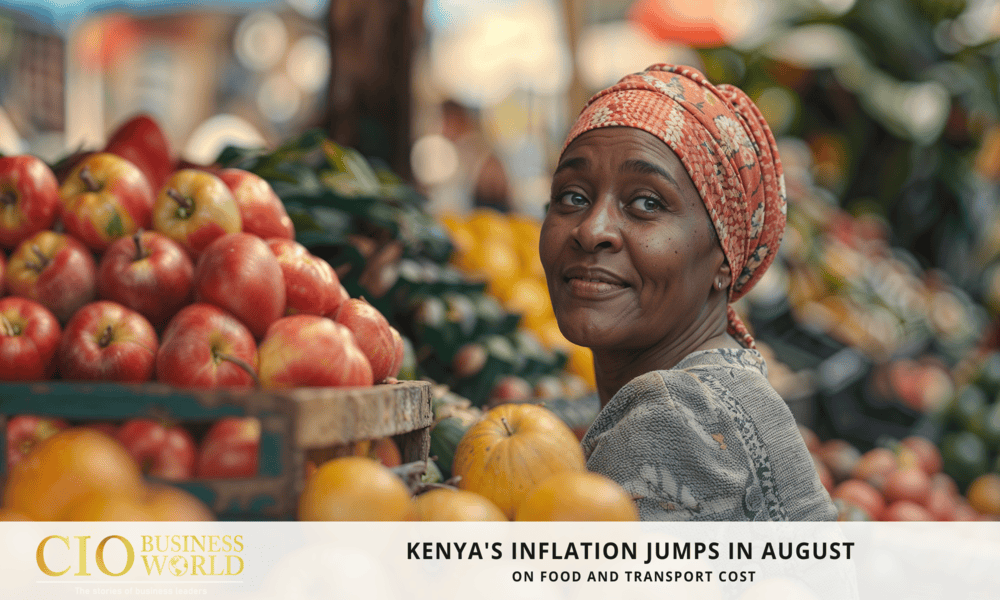Kenya’s inflation increased in August, putting additional strain on household budgets as rising food and transportation costs pushed prices higher. The increase has sparked anxiety among economists, traders, and families alike, as living costs remain a major burden for the East African economy.
Kenya’s Inflation Trends and Drivers
Kenya’s national statistics agency reported that overall inflation quickened compared to July, largely fueled by higher food prices and transport costs. Items such as maize flour, vegetables, and cooking oil recorded significant increases, worsening conditions for low- and middle-income households who spend a majority of their income on food.
Transport, another major driver, rose as fuel prices edged up. Increased fuel costs not only affected public transportation fares but also contributed to the rising cost of goods movement across the country. This has a ripple effect on retail markets, pushing up prices even further.
Household Struggles Amid Rising Costs
For many Kenyans, the inflation surge has translated into difficult choices in daily life. Families are being forced to cut back on non-essential purchases, while some households are prioritizing cheaper alternatives in food markets. Urban residents, in particular, are feeling the pinch as transport costs take a bigger share of their monthly income.
The Central Bank of Kenya (CBK) has been closely monitoring these developments. While inflation remains within the government’s target band, the pace of increase is a red flag that could warrant intervention if the trend continues.
Broader Economic Impact
Economists note that rising inflation can have long-term effects on the country’s economic growth. Higher costs reduce purchasing power, affecting both consumers and businesses. Small enterprises are especially vulnerable, as they rely heavily on transport and food supply chains to maintain stable pricing.
At the same time, external pressures such as global oil prices and currency fluctuations add to the uncertainty. Kenya imports a significant portion of its fuel, making the economy sensitive to international market shifts. A weaker shilling further compounds the issue, raising import costs across multiple sectors.
Government and Policy Response
The Kenyan government has expressed its commitment to stabilizing prices, with measures such as subsidies and strategic reserves under consideration. However, experts warn that short-term solutions may not address the structural challenges driving inflation. Investment in agriculture, energy, and infrastructure is seen as key to reducing recurring inflationary cycles.
Analysts believe that price increases will continue until the fourth quarter of the year unless global energy prices fall or domestic food supplies stabilize. Kenyans are bracing themselves for rising costs as they manage the economic crisis.

















